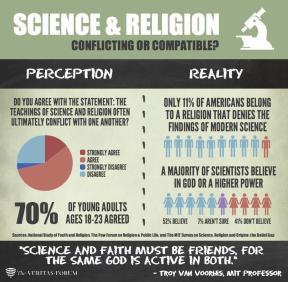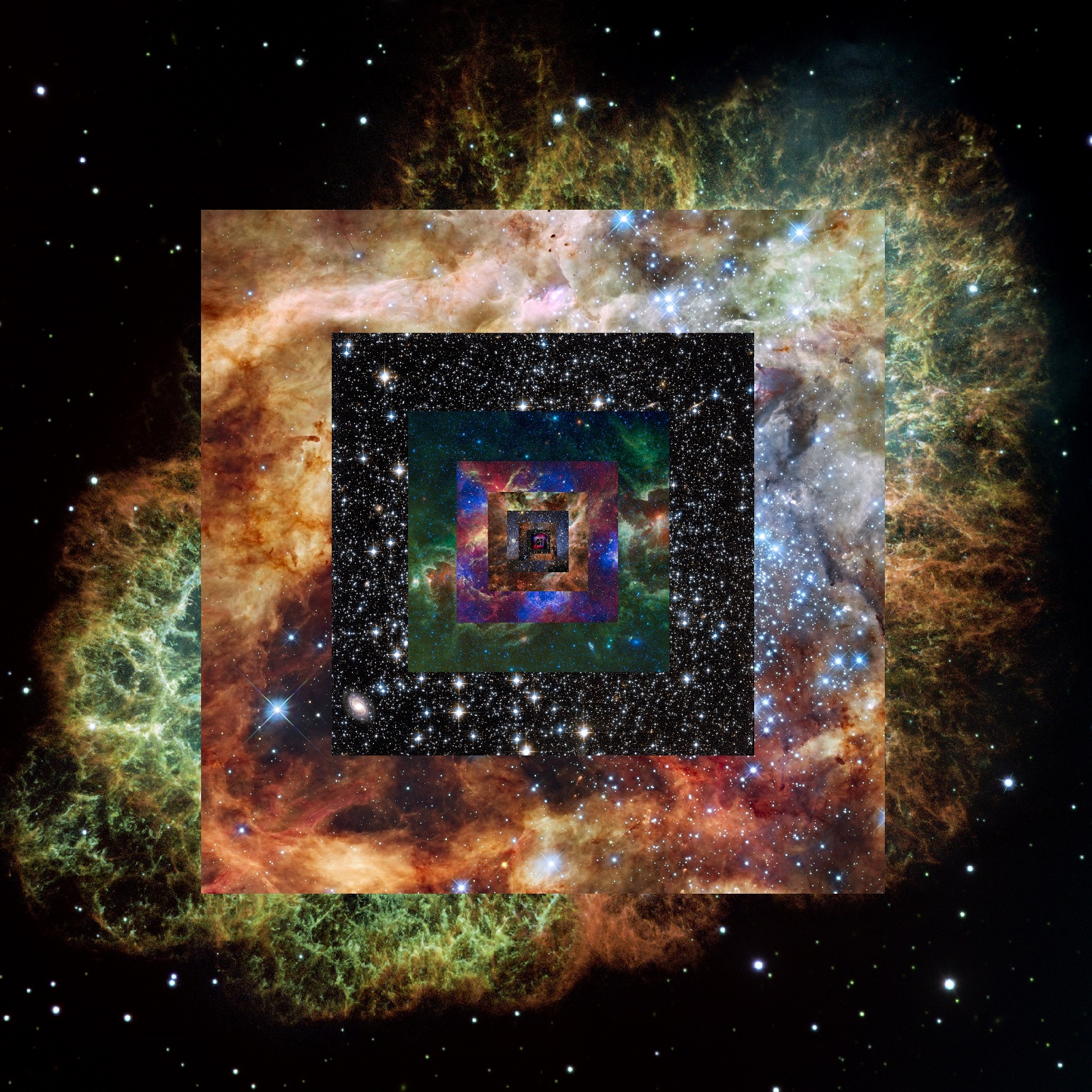When you think of religion does your body get invigorated? Do you feel your soul flutter? Does your brain reach a higher state of functioning? In answer to the last question, Jeffrey Anderson, assistant professor of nueroradiology at the University of Utah states that,
We think we have the tools now to do a study of brain activity during the really profound and deep types of emotional and social interactions associated with religion, and we’re really excited to try and understand more.

Anderson and other researchers are launching a new study that will examine exactly how religion and spiritual rituals impact the human brain. The study will consist of participants between the age of 20 and 30 who are currently active in their faith. An MRI scan will be performed while the participants are surrounded by faith oriented activities, such as listening to spiritual music, listening to proclamations from their religion, and acting out religious rituals associated with their particular faith. Very interesting indeed, but it will take some time before the results of the study are posted. If you believe your self to be a prime candidate for the study, and of course as long as you are in the immediate area of the University of Utah, you can apply to be a participant on the Religious Brain Project website.
Related Article: Morals or More Rails (to guide us)
The study does beg another set of questions however: can religion and belief be measured by science? Or rather, should science be used to gauge religion? Is it morally correct to accept religion over science, or vice versa? Essentially we arrive at a very pertinent question: should religion be completely replaced by science within the school system as a more viable teaching strategy?
Bill Nye (yes, the science guy) and Ken Ham (Answers in Genesis, supporting the side of religion and creationism) squared off in a debate last night about religion which addressed these issues directly. The overarching question of the debate was : Is creation a viable model of human origins in today’s modern scientific era? Both sides had their own opinions as well as evidence to back up their claims.

In the debate, Ken Ham defends religion by stating that science should be split into two separate categories. The first would pertain to observational science (a science based on models). This category involves what we experience now and how the world works today. The second category involves historical science (a type of theoretical science of origin) which is used to define our origins and makes sense of the world around us from a historical perspective. He stresses the importance of separating the two to help with the confusion that children are being exposed to. He gives the example that by only teaching evolution, which to most starts with a random beginning for no reason other than “it happened,” we limit children to thinking that science is just as random. This randomness can crate incredible confusion when making conclusions about existential quandaries children are trying to work through. Ken Ham asserts that instead, children should be taught religion and to embrace the idea of God because it empowers them to think they are indeed special, as they are made in the image of God.
Related Article: In 1610 God Was a Binary, Fractal, Self-Replicating Algorithm
Bill Nye on the other hand focuses on accepted scientific evidence to disprove Ham’s assertions regarding religious truth. For example, he refers to the different layers in stone and snow that have been compressed to form ice which would take far longer than the amount of time Creationism allows for. He talks about the allotted four thousand years since the Great Flood and the improbability of the amount of species we see today to exist with the limited time that Creationists claim elapsed since then. He stresses the idea that we need to depend on natural law and orders, not religious or divine laws, to predict practical and accurate future theories and laws. He asserts that the basis of scientific education must be information derived through the scientific process, such as evolution, in order for children and future scientists to make reasonable scientific predictions in the future. In essence, he is claiming that one must understand and accept theories like evolution which have been supported with scientific evidence in order to understand why a fish can come to walk on land, why there are over 8.7 million different species on Earth, why layers in rocks and trees and ice exist, and so on. He stresses that by allowing religion and Creationism to thrive in academic settings we are impeding the scientific literacy of future generations and essentially stifling the United States in future scientific breakthroughs.
Related Article: Watching Evolution Occur
The debate finished with questions and rebuttals, but the underlying theme of the debate, I fear, was lost. Instead of trying to prove why one or the other is wrong in the school system, it turned into a contest of ego and the denouncing of each others ideals.

I wonder, why not accept both ideas? Why not teach every child in every classroom the idea of science, and then, on your own time, teach your children your worship, your religion, and your belief. Allow for both religion and science to be taught in their own settings (in schools and at home/place of worship respectively) and allow for the child to then choose which idea they support and believe. What is with this unyielding hatred between the two schools of thought? What ever happened to being free and allowing for choice? Most importantly though: can’t we all just get along?
In the end, much of the issue is largely based on opinion, some opinions stemming from facts, others stemming from observed information. One thing is for certain, all this debate and speculation on religion is definitely causing your brain to function at an elevated level. Maybe you’ve been unintentionally participating in Anderson’s experiment this whole time!
To feed your own opinions further, or for the sake of debate itself, check out the Bill Nye and Ken Ham debate on Creationism vs. science in the video below!
Cheers!
Sources:
Deseret News: What’s the effect of religion on the brain? U. launches new study
Youtube: Bill Nye Debates Ken Ham
Youtube: Bill Nye: Creationism Is Not Appropriate for Children
Youtube: Ken Ham Responds to Bill Nye “the Humanist Guy”
Answers in Genesis – Creationism
Wikipedia: Genesis flood narrative
Backreaction: Models and Theories
How many species on Earth? 8.7 million
Wondergressive: Watching Evolution Occur
Wondergessive: Morals or More Rails (to guide us)
Wondergressive: In 1610 God Was a Binary, Fractal, Self-Replicating Algorithm



